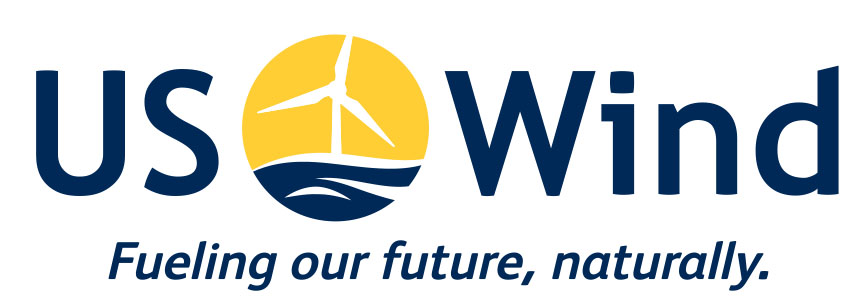The world’s largest wind farm nears completion; and the latest in global wind energy industry
The largest offshore wind farm in the world is set to generate “enough energy to supply 1 million UK homes with clean electricity” upon its completion in 2020, according to a latest report from CNN. This brings the U.K. closer to hitting its target of supplying a third of its electricity using offshore wind by 2030. The Hornsea One wind farm is located 120 kilometers (75 miles) off England’s Yorkshire coast, which is considered farther out to sea than any other wind farm. It consists of 174 seven-megawatt wind turbines. To put this in perspective, a single rotation of one turbine can “power the average home for an entire day.”
Today, renewable sources has a small, but growing, share in the global energy mix, with wind power seen as a major source. According to the International Energy Agency, electricity generation from wind grew by an estimated 12% in 2018, keeping its position as the largest renewable technology that doesn’t involve water.
In 2019, the global market for offshore wind energy is continuously expanding, with the largest of which are in the United Kingdom, Germany, China, Denmark, and the Netherlands, with potential markets opening in South Korea, Japan, and India, according to the Center for Climate and Energy Solutions.
In the United States, offshore wind development activity has been significantly growing in the last few years. In Maryland, for example, it has made progress on several projects and state legislative policies:
- Enacted the Offshore Wind Energy Act in 2013, which includes a 2.5% offshore wind carve-out.
- Offshore wind business and workforce development grants were issued by the Maryland Energy Administration to local emerging and minority-owned businesses to help them prepare for the development of two offshore wind projects that are being developed by US Wind, Inc. (a 250 MW project) and Skipjack Offshore Energy, LLC (Orsted) (a 120 MW project) in 2018.
- The Maryland General Assembly passed the Clean Energy Jobs Act (CEJA), updating the state’s renewable portfolio standard. The bill raises the state’s renewable goal to 50% by 2030 with a 14.5% solar carve-out and increases the 2019 demand for SRECs from 1.95% to 5.5%.
